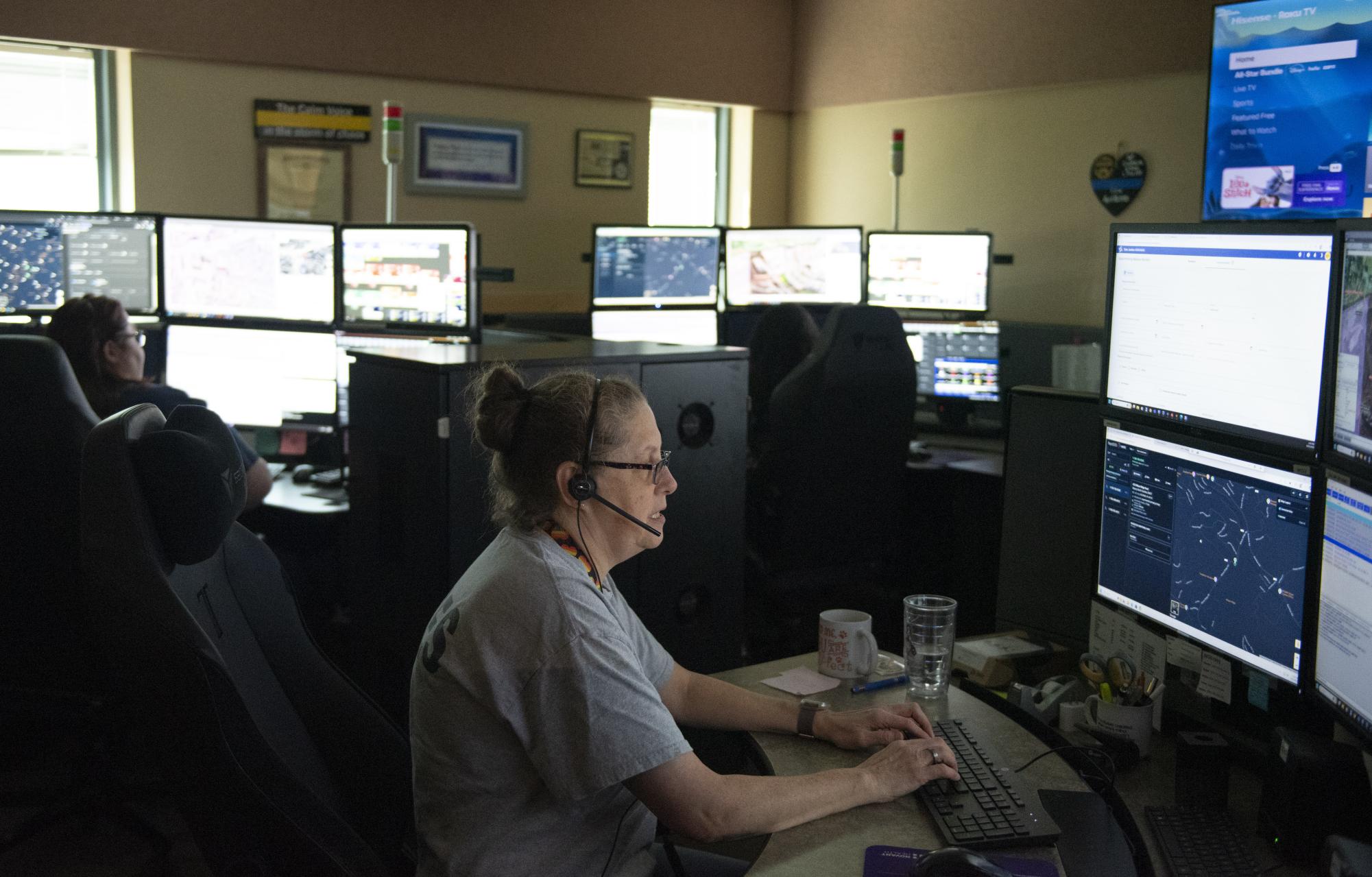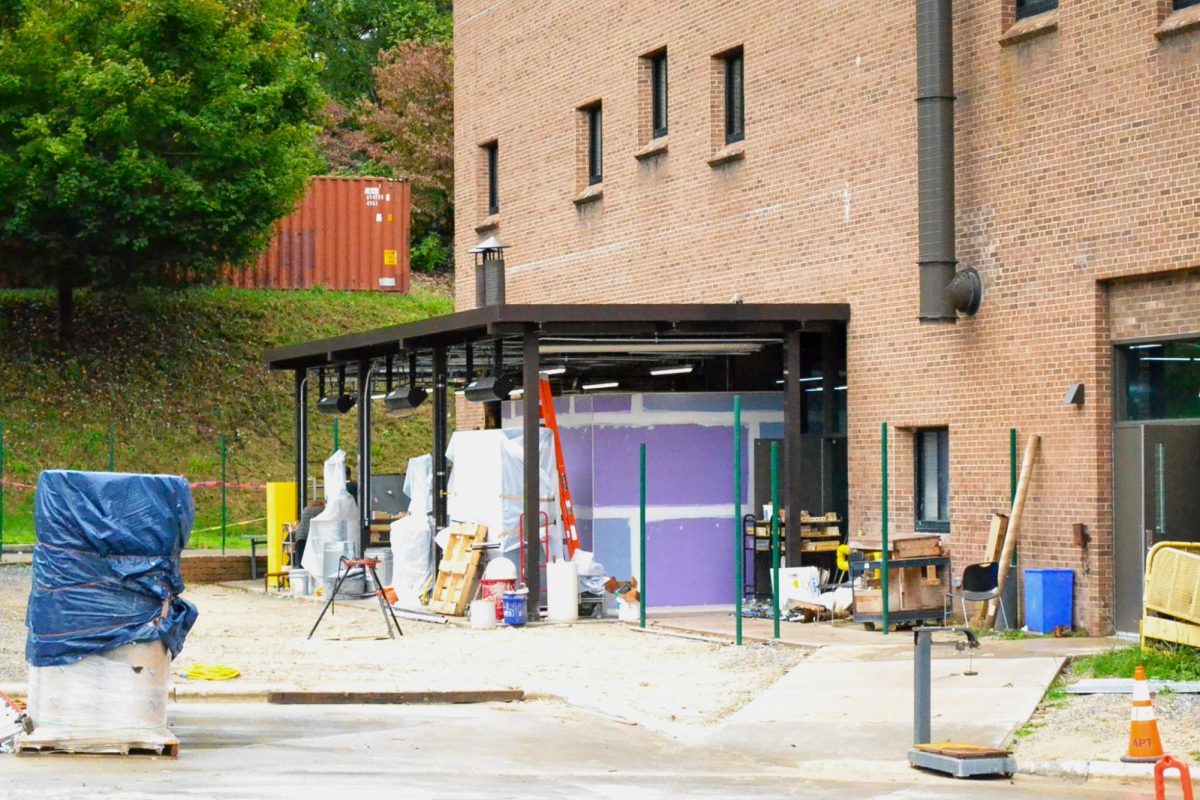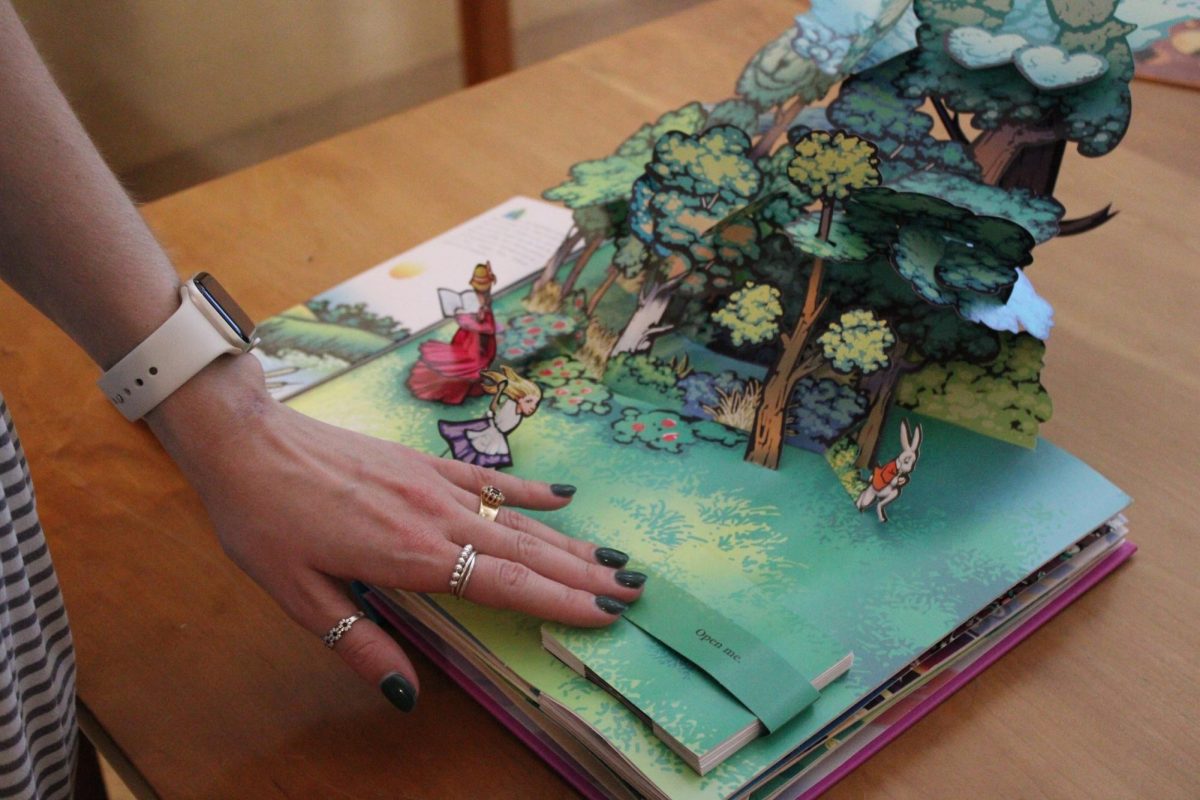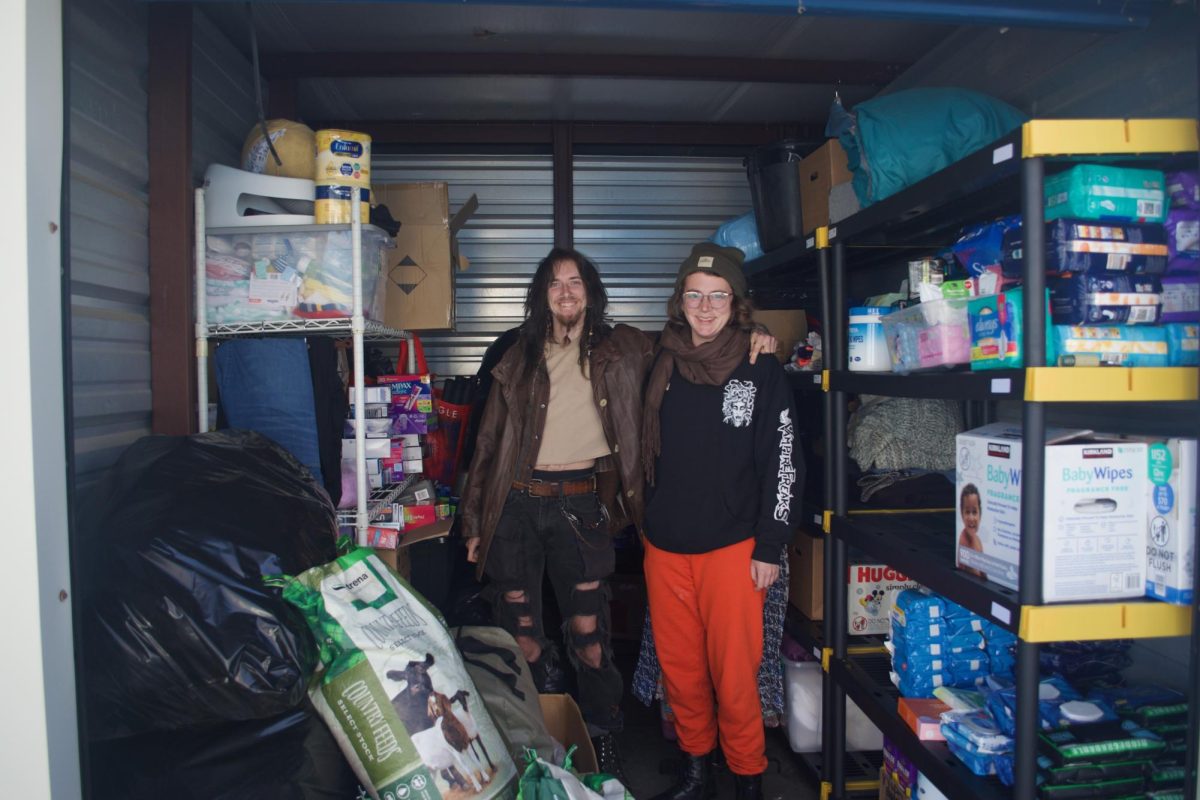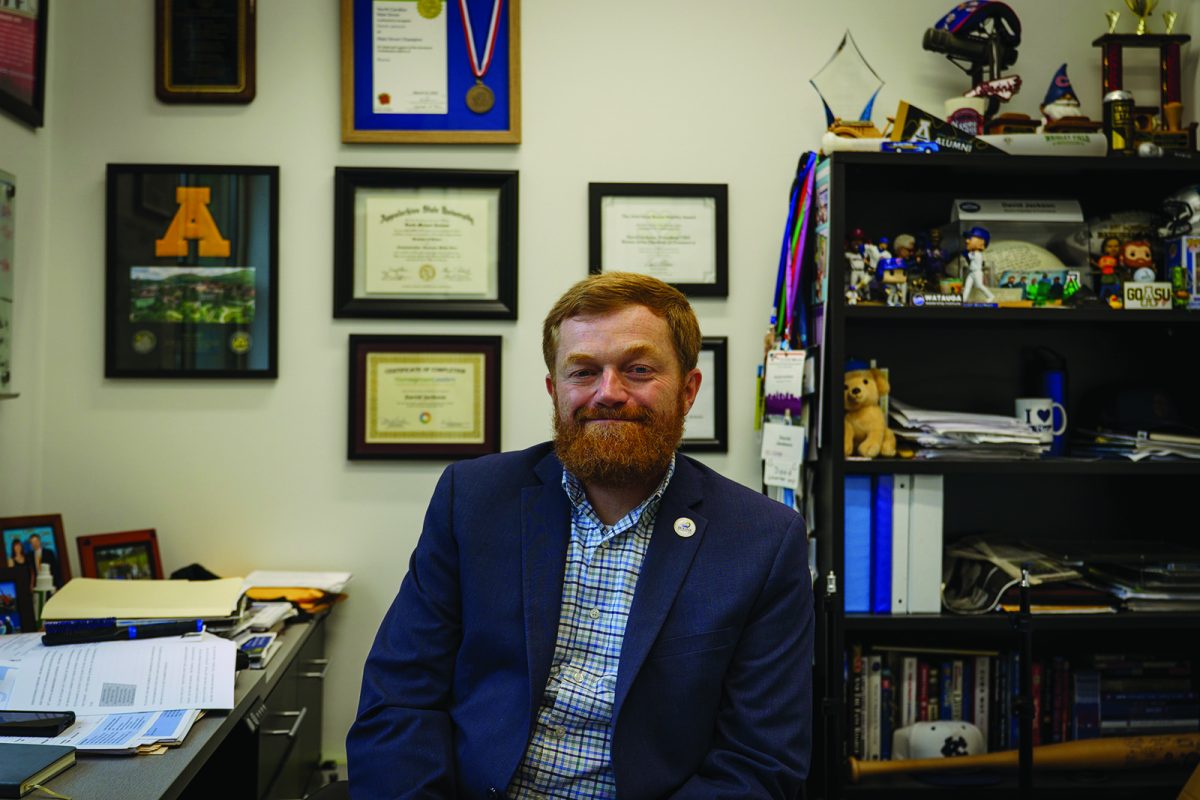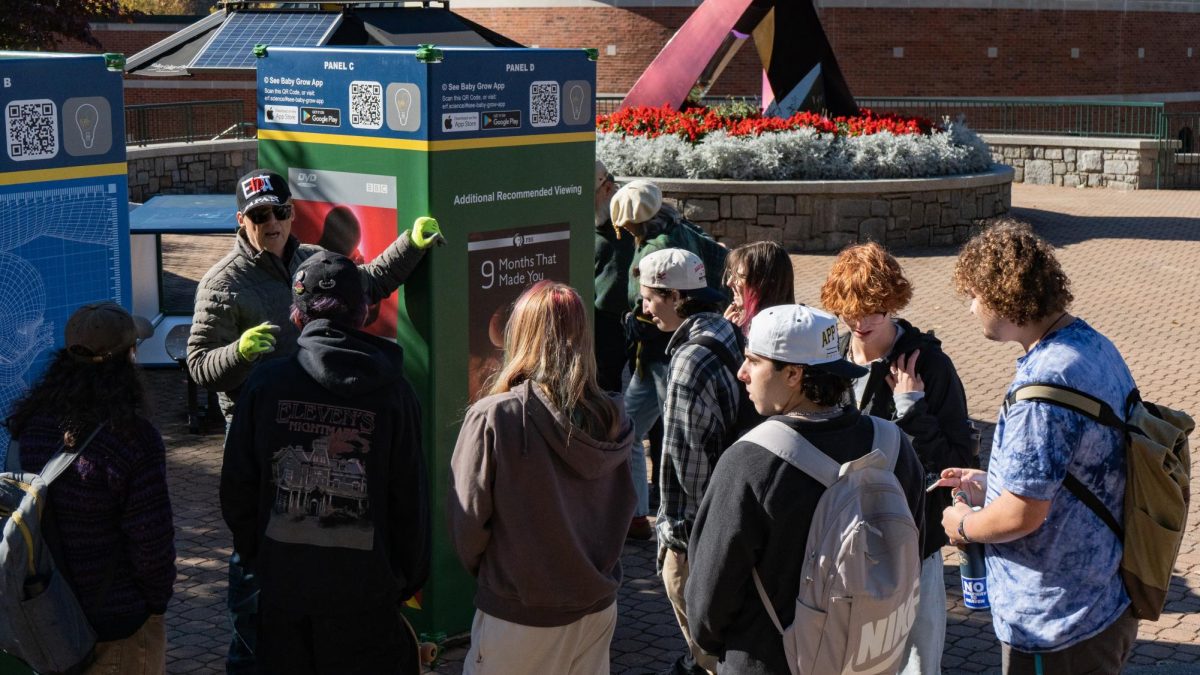A team comprised of App State members, local organizations, the town and the county worked around the clock to carry out emergency procedures during Hurricane Helene to ensure the safety of the community. While recovery efforts continue, many have reflected on the experience, implemented new protocols and built more reliable systems for communication.
Kristi Pukansky, the emergency planner and administrative assistant for Watauga County Emergency Services, said there is a great deal of pre-planning prior to natural disasters, such as Helene, from debris removal to stationing rescue services ahead of the storm.

Pukansky said departmental employees, community partners and public health officials are some of the many people who were involved with an emergency response team for the county.
On the day Helene hit Watauga County, as soon as the emergency management team was able to travel to the office, Pukansky said it was “all hands on deck.” Around 30 people packed into the emergency operations room at the height of the response, and representatives from local organizations, such as AppalCart, power companies and school systems, maintained regular contact.
“It was a really multidimensional approach to everything,” she said.
A designated backup roll-over center in Chatham County and 911 texts via satellite were essential to the community’s response, Pukansky said.
“I really feel like we as a county have been so much further ahead because of our pre-planning and because of our community partners,” she said.
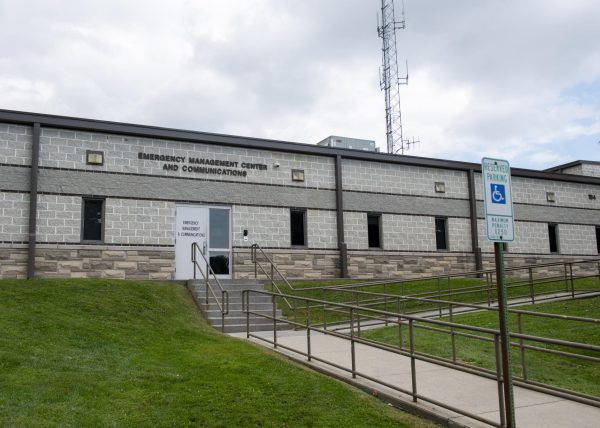
The emergency response team is now expanding communication channels with the help of grant funding.
Pukansky said she is extremely grateful for all the community partners who came together during the time of need, including App State, Watauga Medics, the Watauga County Fire Marshal office and rescue staff, such as swift water rescue teams.
“You can have all the planning that you want, but until you have that many hands and feet, it doesn’t get you very far,” she said.
Tom Beam, the disaster relief coordinator for Baptists on Mission and an App State alum, was one of these community partners. Baptists on Mission is comprised of churches all across North Carolina who aid in disaster response.
During the weeks following Helene, Beam’s efforts were focused on tasks such as allocating resources and removing debris.
“We could not do what we do in Watauga County — in Boone — without students from Appalachian volunteering and helping get those meals on those vehicles to get them delivered,” he said.
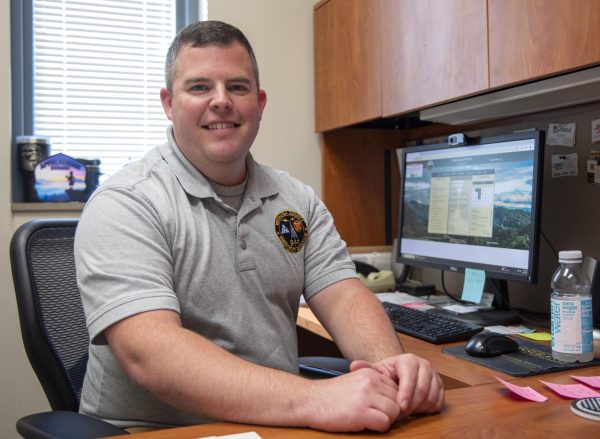
According to University Communications, App State received “an average of 16+ inches of rainfall from Helene.” App State’s Emergency Operations Center processed over 110 requests for support following the aftermath of the storm.
Jason Marshburn, director of Environmental Health, Safety and Emergency Management at App State, said the university readily organizes procedures in the event of an emergency. He said routine exercises are held with partners across campus and the local community to prepare for disasters.
Beyond these exercises, Marshburn said App State meets at least quarterly with public safety partners to talk through plans and potential challenges.
“We already had this regular cadence and these relationships built going into Helene,” he said.
Additionally, Marshburn said App State conducts regular training, engages in pre-emergency planning and ensures each department has access to the resources it needs.
Chancellor Communications Director Megan Hayes said the university follows a standard, continuous process for assessing safety, which is a main priority in the event of an emergency and involves the coordination of many people.
“Once a month, there’s a group of people who communicate for those different agencies that get together in times when things aren’t bad, so that when things are bad, we know who to talk to,” she said.
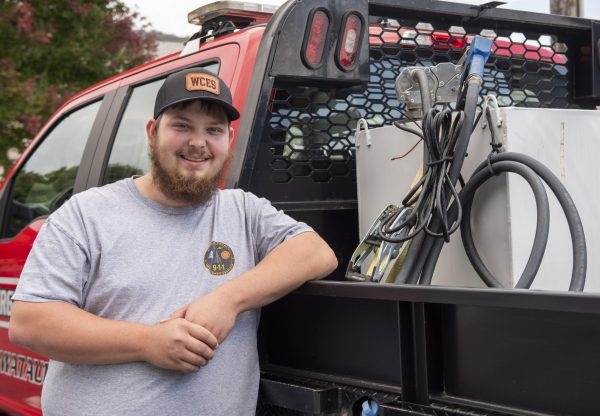
For a period of time during Helene, App State suffered a “complete loss of all communication systems,” including both primary and backup systems, Marshburn said. Since then, App State has focused on further enhancing these communication systems, since emergencies, like Helene, allow for an opportunity to improve response efforts, he said.
The relationship between Watauga County and App State played a key role in the execution of emergency procedures. Hayes said when the chancellor and her leadership team received a call from the county that the designated area for the Red Cross was flooded, App State’s emergency team implemented plans to open access to the arena of the Holmes Convocation Center.
“It’s a combination of responding in the moment and trying to keep your eye on the big picture, too,” she said.
David Jackson, CEO of the Boone Area Chamber of Commerce, said the chamber had an “extremely high level” of involvement in regard to the emergency response. Presently, the chamber is offering grant funding to local businesses to help them get back on their feet.
Jackson said many people who had a “real and meaningful heart-tug attraction” for the community wanted to contribute.
“We have seen partners come together for the betterment of our community that sometimes don’t always agree or sometimes are a little bit distanced from one another from a community organizing standpoint,” he said. “And those people are singing off the same sheet music right now, and we need to keep that moving because we’re not done yet.”


